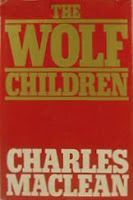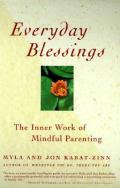by Barbara Hambly
 This is the second book I\’ve ever read about vampires (unless you count Dracula). I snatched it off the shelf when I found it at The Book Thing, as I\’ve loved all of Hambly\’s books from the Winterlands series, and my husband has high praise for her Star Wars novels.
This is the second book I\’ve ever read about vampires (unless you count Dracula). I snatched it off the shelf when I found it at The Book Thing, as I\’ve loved all of Hambly\’s books from the Winterlands series, and my husband has high praise for her Star Wars novels.
Those Who Hunt the Night is set in London, early 1900\’s. Its main character, James Asher, comes home one night to find a vampire in his house, a being more than three hundred years old named Don Simon Ysidro. The vampire is seeking his help because someone is killing off other vampires in the city, and they need human assistance. Asher fits the bill perfectly: he\’s a retired secret spy from the Queen\’s service, now a university professor who\’s studied the lore of vampires in depth. His wife is a medical researcher and in spite of the danger she gets involved as well, wanting to study their pathology (she believes that vampirism has organic causes). In unraveling the mystery of the vampire killer, she searches endlessly through confusing paper trails in London while Asher travels abroad with Ysidro to underground crypts of Paris, tracking down a legendary vampire older than the Black Plague- only to find in the end that the answer to their questions is closer to home -and far more horrifying- than anyone could have imagined. Echoes of Frankenstein in my head.
This book was definitely creepy. I had to put it down a few times and take a break, especially when reading at night! Hambly\’s descriptive writing and fascinating characters kept me intrigued from the beginning. Some parts of the mystery I never really followed well (including Asher\’s backstory, that was confusing). But I loved the historical details of Victorian-era London, and the examination of vampire physiology. The development of Asher\’s relationship to Ysidro is one of the best parts of the novel: at first it is dangerous just being in Ysdiro\’s presence. Gradually Ysidro is moved to protect Asher from other vampires who see his involvement as a serious threat, and in the end they are working like partners. Some themes of morality and redemption thread through the novel; Asher wrestles occasionally with his conscience over murders he committed when he was a spy, and one of the vampires they encounter is an ancient priest wracked with guilt over what he has done to survive as a vampire. Ysidro himself appears to have a sense of integrity which sets him apart from others of his kind, that and his sense of humor make him a bit sympathetic, even though he\’s still a malevolent character.
Such a good read! I learned that Hambly wrote another vampire book, Traveling with the Dead. I\’ll have to hunt that one down someday and read it, too.
Rating: 3/5 242 pages, 1988
More opinions at:
The Uvula From Betelgeuse-4!
SFreader.com
Jenny\’s Books












